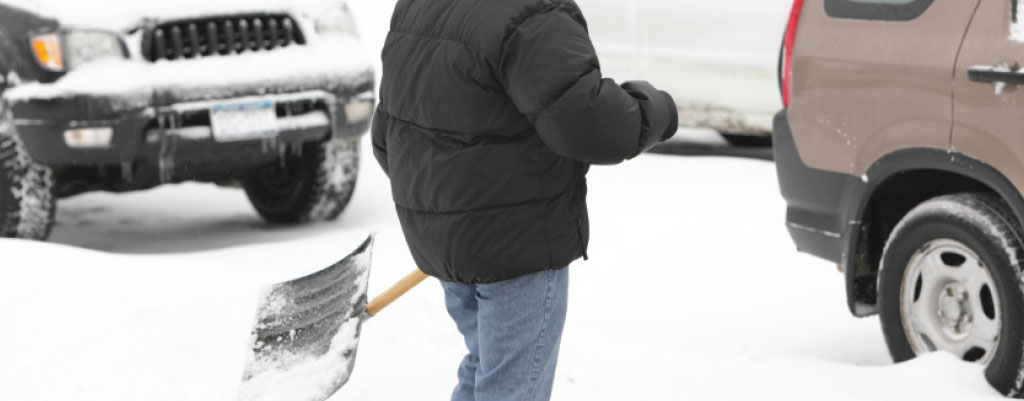Snow and Ice Summit
By Tony DiGiovanni
Slip and fall claims are a serious threat to your parking operations just like they are in the snow and ice management industry. The snow industry represented by Landscape Ontario and the Canadian Nursery Landscape Association (CNLA) received a shock a number of years ago when an insurance carrier decided they were no longer interested in insuring snow operations because of the financial risks. Even though members collectively paid millions of dollars, the insurance company decided not to renew. This was a wake-up call. Risk management has become the number one priority for the ice and snow management sector.
In April, a Snow and Ice Summit was organized by the CNLA risk management committee in order to bring together all stakeholders in a common effort to deal with the issue. The Canadian Parking Association was at the table to hear from other stakeholders and to provide insight from its members’ perspective.
The summit began with an introduction by Gerald Boot (Chair). He spoke about the challenges of slip and fall claims and how the situation will get worse unless we work together to find solutions. It is no longer possible to download all the risks to the contractor through “hold harmless” clauses in the contract. Eventually insurance rates will become exorbitant, or in some cases insurance will be impossible to get. The issue affects all stakeholders.
Lawyer Robert Kennaley gave a lawyer’s perspective on the issue. He stressed that if all stakeholders joined together we would have the opportunity to improve best practices, save money, do better with environmental stewardship, save crumbling infrastructure and improve safety and quality of life. He talked about the problems of transferring risk to the contractor. One-sided agreements do not work. It is expensive to transfer risk. It encourages more salt use and therefore costs. Owners are forced to accept the situation where contractors overuse salt in order to manage risk. Ideally owners want quality at a reasonable price. They do not want litigation. They want predicable outcomes and a definable scope of work.
One of the best solutions is to develop a best practices standard based on science. Landscape Ontario is working with the University of Waterloo in order to develop that standard. The results should be ready by September. It is hoped that once the standards are ready, all stakeholders will work together to develop a process that verifies the standard has been implemented. It is hoped that the Smart about Salt Accreditation program will be the vehicle for certifying contractors and facilities.
Leanne Lobe is the Executive Director of the Smart about Salt Council. She described the motivation behind the Smart about Salt program. The program was started by the Region of Waterloo because they were alarmed at the high salt levels found in well water. Overuse of salt has huge implications from water, health, environment and infrastructure perspectives. Many property owners and contractors have bought into Smart about Salt Accreditation. However risk management issues are working against the principles of SAS. We need more property owners on board.
Steve Osslington from Marsh (the largest Insurance broker in the world) presented the insurance perspective. He offered the following comments. In order to reduce liability risk contractors and property managers and owners must improve practices. Standards must be developed and documentation processes must be implemented. A partnership between Contractors, Property Managers and Owners is essential so that practices can be improved together. Smart about Salt Certification offers a key solution. Shared risk management objectives are very important. Collaboration is important. Reduced costs, improved environmental stewardship, increased public safety and reduced damage to infrastructure will result from collaboration between stakeholders.
In the end we are all in this together.




